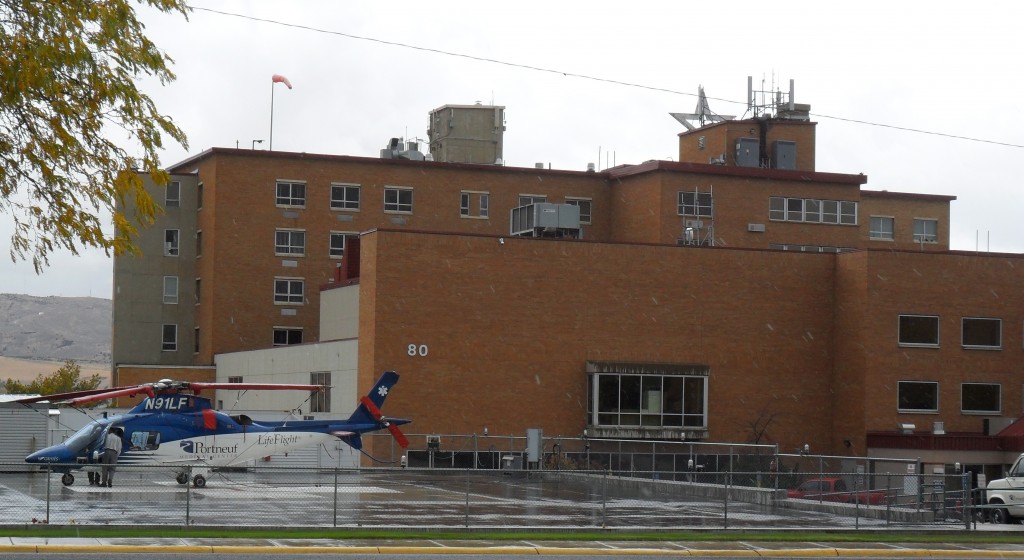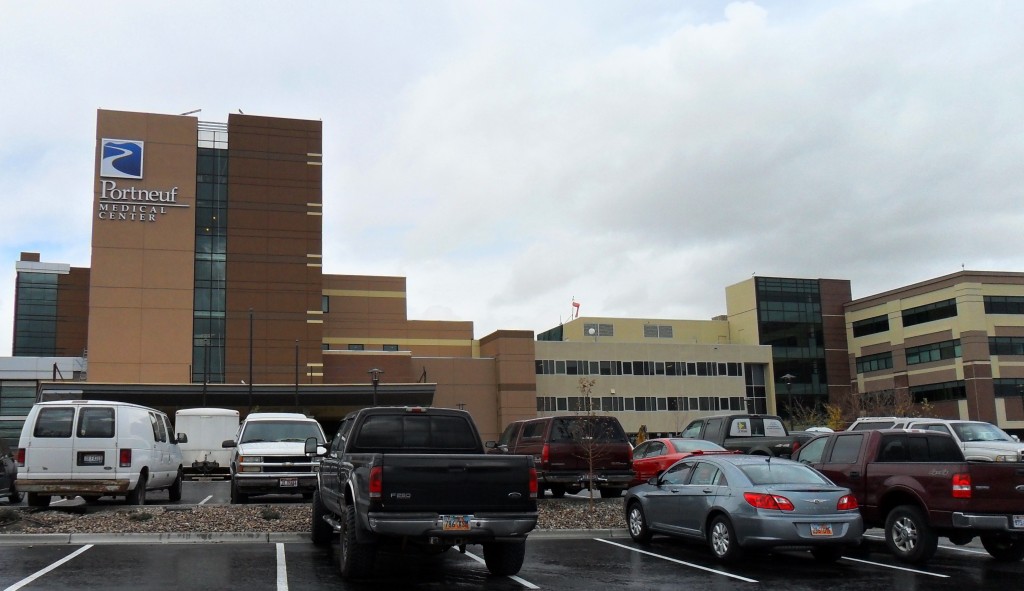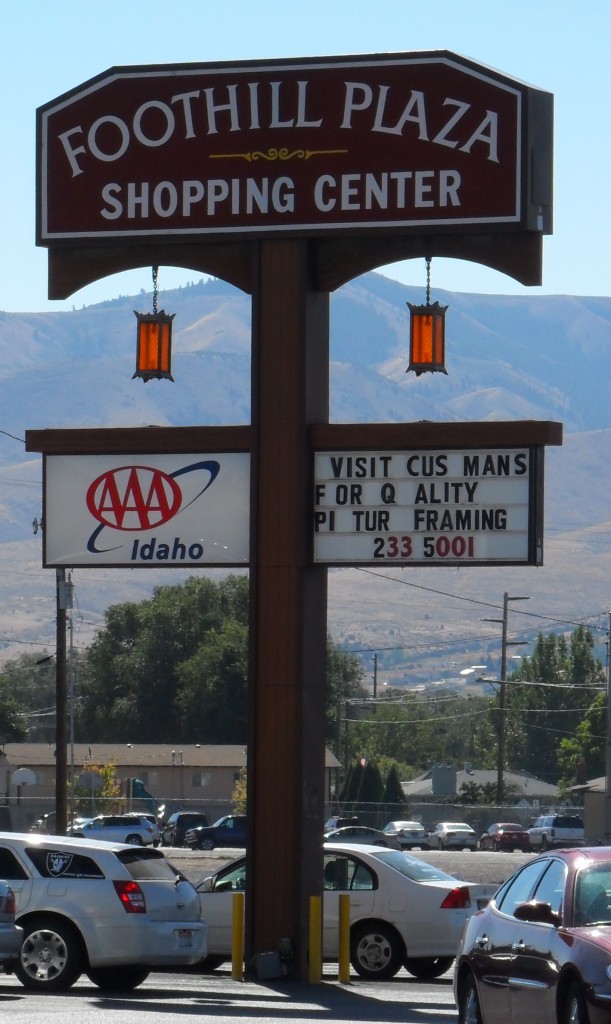March 10, 2011.
“I think this is the beginning of something severe.” said chief investment strategist at Windham Financial Services, Paul Mendelsohn. He’s referring to the more than 220 point drop in the DOW, which got little to no mention in national TV news coverage on March 10. There’s a lot of legitimate reasons for investors getting out of the market, not just in the U.S., but world wide. Those reasons also prove that there is no economic recovery.
Reason 1: First time jobless claims, in the U.S., for state benefits went up, more than expected (again).
Reason 2: World wide unemployment is high. Most of the violence around the world involves unemployment. The current crisis in North Africa and the Middle East is due, in part, to high unemployment rates. In 2010 Macedonia took the top spot with an official unemployment rate of 33.8%. How can the global economy recover when there are so many people not making any money to buy things with?
Reason 3: U.S. trade deficit increased (again).
Reason 4: China’s trade deficit increased (a surprise).
Reason 5: Credit ratings for Greece and Spain decreased (again).
Reason 6: Oil prices remain high, and still look to go higher (it’s interesting how analysts predicted the increase in price, without even considering, or knowing, that there would be a “revolutionary” crisis affecting many oil producing countries, or did they, mmmm?)
Reason 7: Food prices are increasing, worldwide. The UN (United Nations) says it does not see any improvement in food supply worldwide. I have read that Chinese wheat farmers will have only enough harvest for subsistence in 2011, nothing left over to sell. Across the world the food supply (“supply” is the key word, because some areas have plenty of crops but they aren’t getting to market) situation is getting worse for a number of reasons, from climate change, to the cost of transportation, to lack of credit, to political/social instability. A new problem adding to food supply issues is that migrant workers are not working. This is due to things like anti-migrant attitudes in the U.S., and the increasing violence in North Africa and the Middle East.
Reason 8: Union busting in the United States. Why should this be considered a factor? Because the goal of union busting is to reduce pay and benefits for employees. If workers are going to be making even less than what they are now, then that’s less they’ll spend while shopping. Gee, isn’t the U.S. economy a “consumer” based economy, which would mean the more a worker spends the better it is for the economy?
Reason 9: Stagnant pay for 90% of U.S. workers. Recently the IRS (Internal Revenue Service) reported that their own study, into the wages and salaries of taxpayers, reveled that 90% of taxpayers had no increase in pay in the past 20 years (when adjusted for inflation). The study also showed that the top 5% of taxpayers saw a 33% increase in earnings over the same period (also adjusted for inflation). Basic economics states that for an economy to do well the money in the system needs to go through as many hands as possible. Clearly the money is staying at the top and not trickling down.
Reason 10: This is probably a very important sign that there is no U.S. economic recovery. The world’s largest bond fund, PIMCO’s Total Return Fund, dumped all its U.S. government bonds, then moved into cash/cash equivalent big time. Why is that important? PIMCO used to be the biggest holder of U.S. bonds. That’s because they trusted that the U.S. government could pay its debts. By selling ALL its U.S. bonds PIMCO is indicating that they don’t think the U.S. government can pay back its debts. PIMCO has actually told other investors to get out of U.S. bonds. Not good. The move into cash is a traditional investor’s way of preparing for the worst. How much did PIMCO move into cash? In January PIMCO’s cash holdings were about 5%, now they are at 23%, a big jump. PIMCO is now selling off mortgage backed securities, this indicates that PIMCO is expecting another drop in the housing market.
There are plenty of other reason to list, you can do your own homework. Some of my sources: Voice of America, Reuters, CNN, Russia Today, The Atlantic. Do your own research, I’m not getting paid for this.




